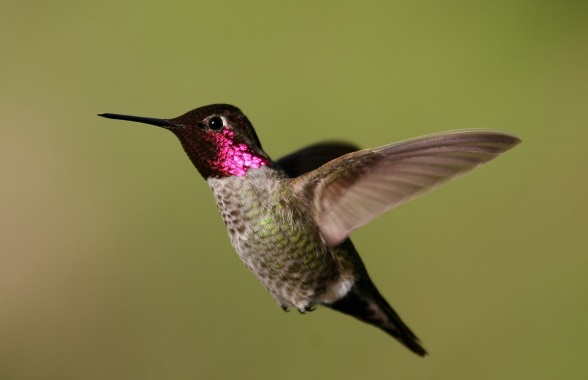Alan Harman
Bumble bees and hummingbirds are being exposed to neonicotinoid and other pesticides through routes that are widespread and complex, Canadian researchers report.
To measure exposure to pesticides in these pollinators, investigators from Environment and Climate Change Canada made novel use of cloacal fluid and fecal pellets from hummingbirds living near blueberry fields in British Columbia.
They also collected bumble bees native to Canada, and their pollen, and blueberry leaves and flowers from within conventionally sprayed and organic blueberry farms.
The researchers report in the journal Environmental Toxicology & Chemistry that they detected pesticides and related compounds in cloacal fluid and fecal pellets of hummingbirds revealing for the first time that hummingbirds are exposed to and accumulate pesticide exposures of multiple types.
Bumble bees, their pollen, and blueberry flowers also contained pesticides, with the highest concentration of the insecticide imidacloprid in pollen from organic farms.
“Hummingbirds and bumble bees are important pollinators of wild and agricultural plants and they survive each day on a razor’s edge due to their high energy needs,” says lead author Christine Bishop.
“Pesticide exposure in these animals may have impacts on their health and the ecosystem services they provide to humans and wildlife,” she says.









